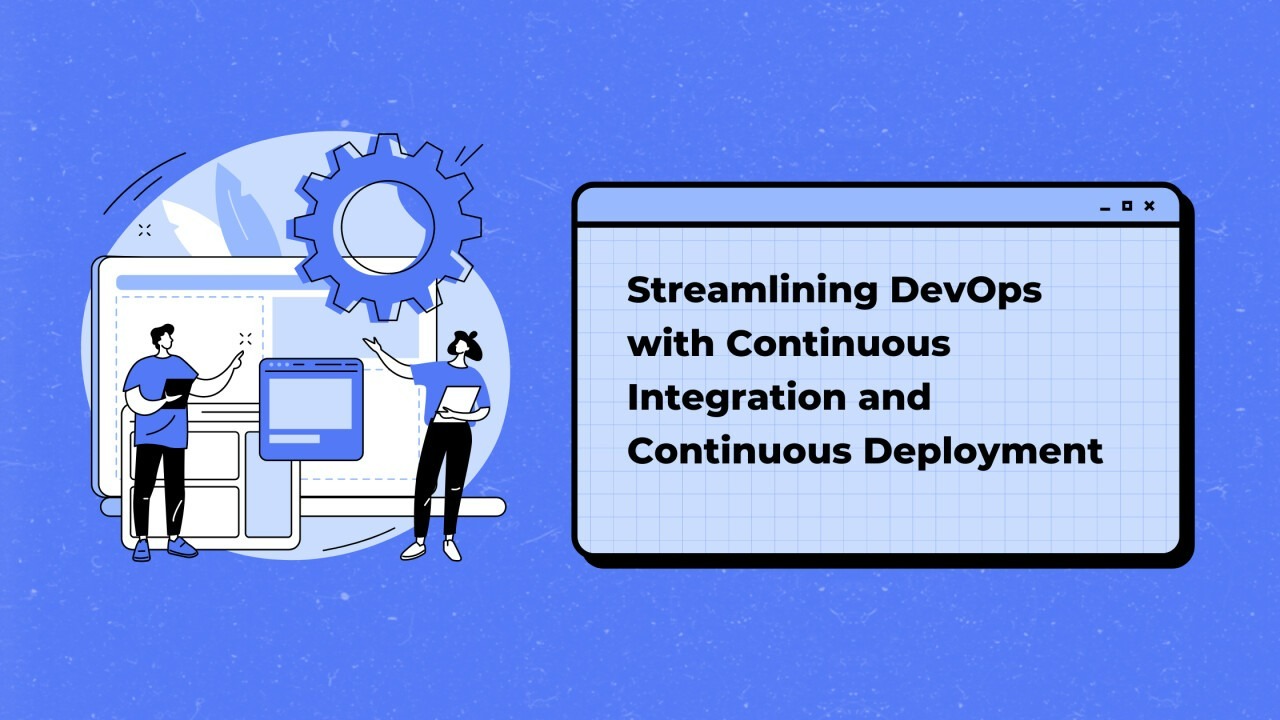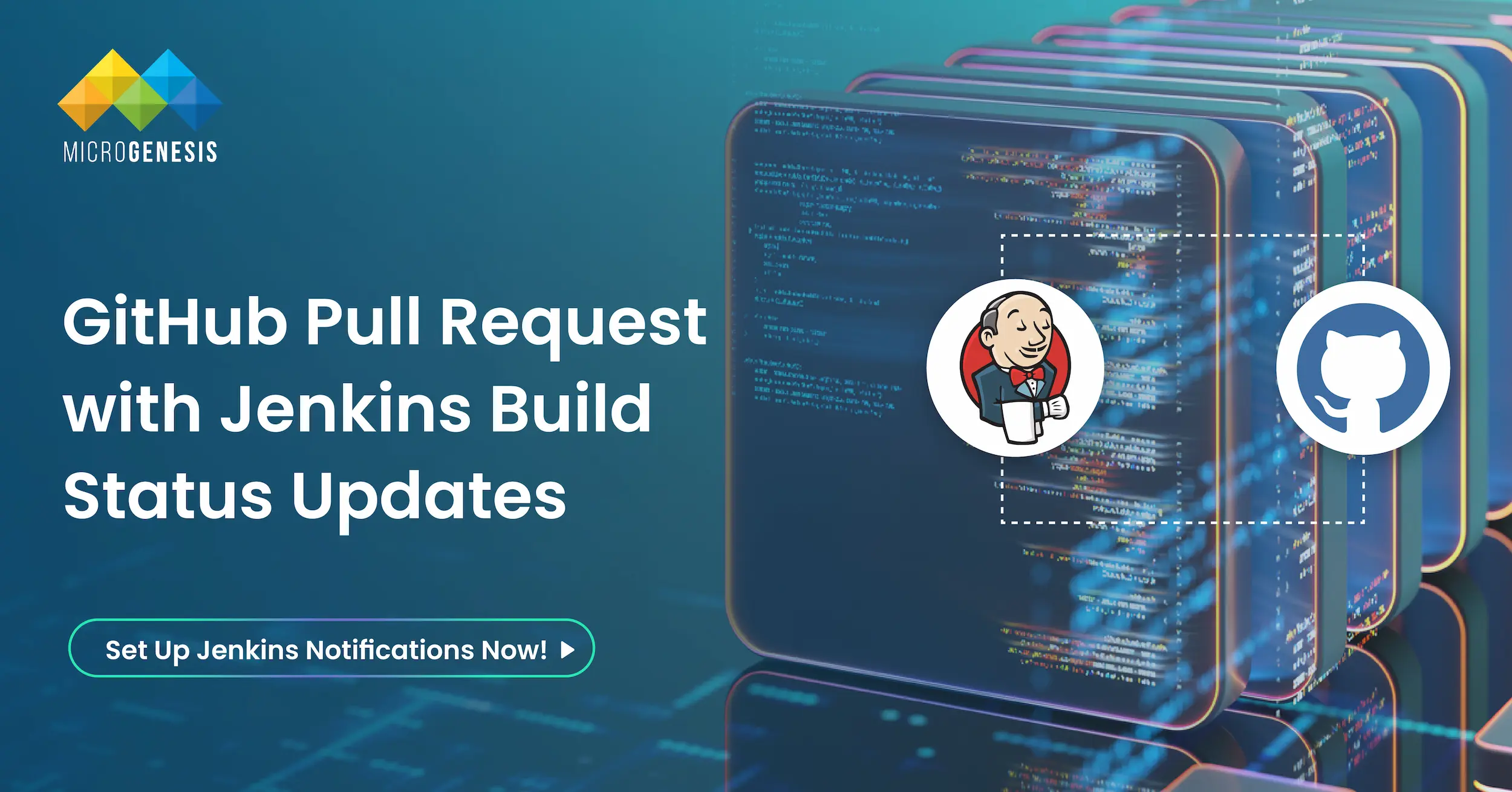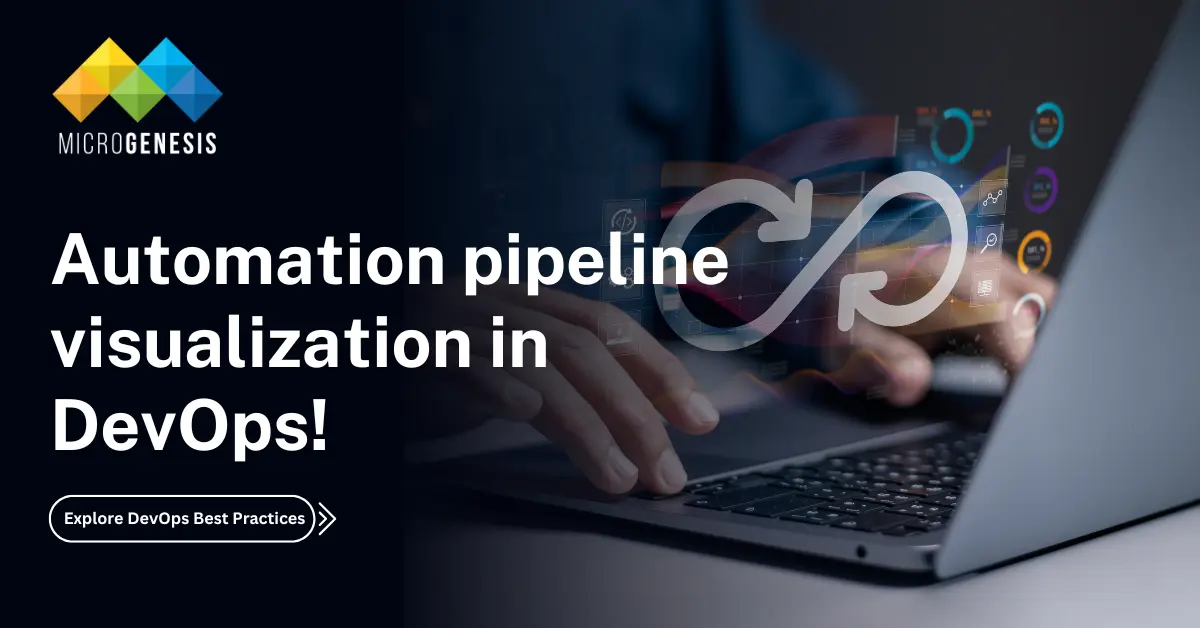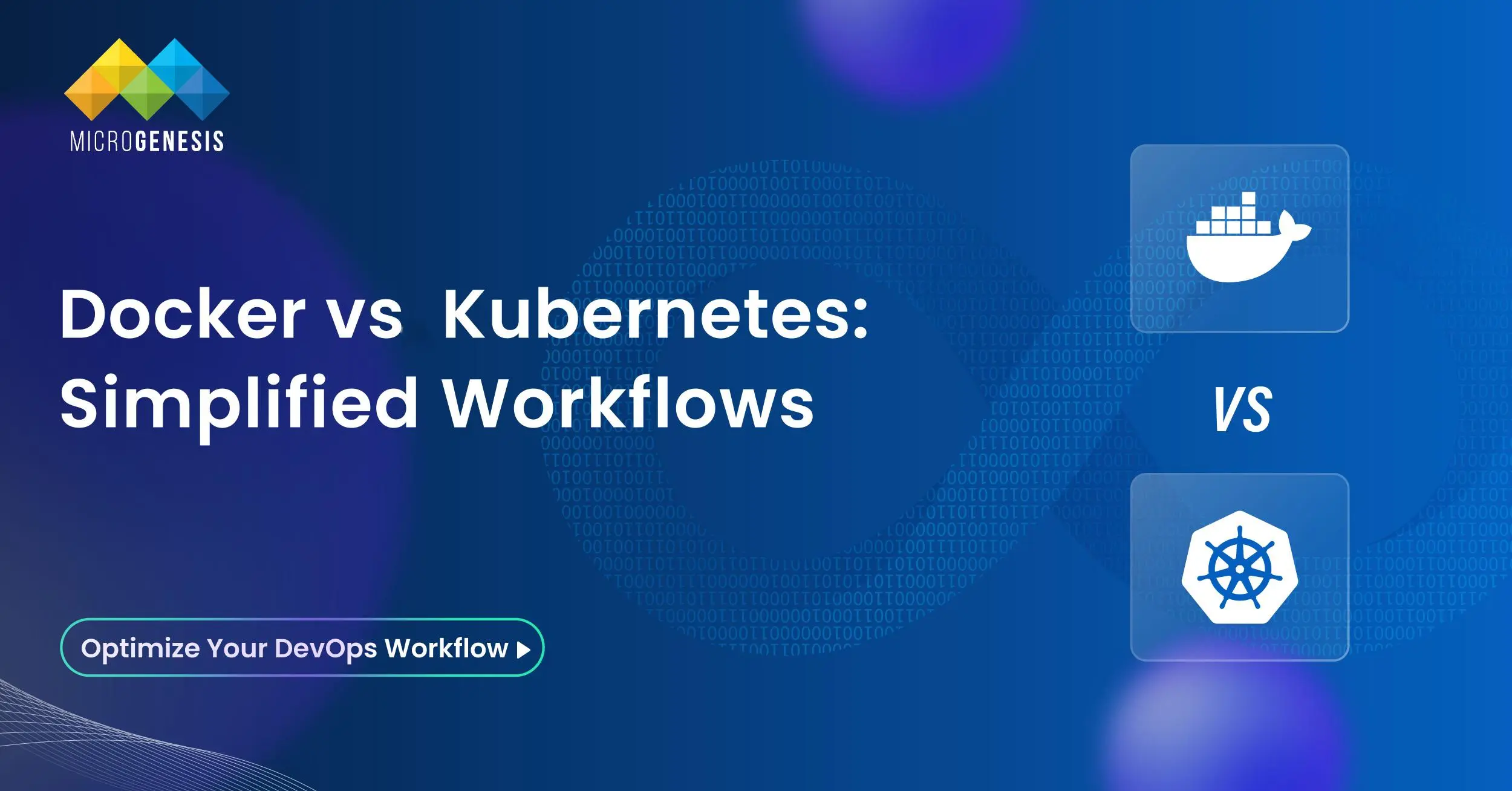In today’s fast-paced software development landscape, organizations strive to deliver high-quality applications quickly and efficiently. DevOps, with its focus on collaboration and automation, has emerged as a key approach. One of the fundamental practices within DevOps is Continuous Integration and Continuous Deployment (CI/CD), which ensures that code changes are regularly integrated, tested, and deployed. In this blog post, we will explore how MicroGenesis, a leading DevOps service provider, implements CI/CD to streamline software development processes.
We’ll discuss the benefits, best practices, and key considerations, highlighting the expertise and transformative impact offered by MicroGenesis.
Benefits of CI/CD in DevOps:
Faster Time-to-Market:
- With CI/CD, code changes are integrated, tested, and deployed frequently, enabling faster software delivery cycles and accelerated time-to-market.
- Organizations can respond quickly to market demands and stay ahead of the competition by delivering new features and updates to users faster.
Early Bug Detection:
- Automated testing in the CI/CD pipeline helps identify and resolve bugs early in the development process.
- Continuous testing ensures that new code changes are thoroughly tested, reducing the chances of critical issues in production and enhancing software quality.
Improved Collaboration:
- CI/CD provides a shared platform for continuous integration, testing, and deployment activities, promoting collaboration between development and operations teams.
- Development and operations teams can work together more effectively, resulting in smoother workflows, faster issue resolution, and increased productivity.
Enhanced Quality:
- Automated tests and code reviews ensure consistent quality standards across the development process.
- By catching issues early and enforcing code quality measures, CI/CD minimizes human error and improves the overall quality of the software being delivered.
Best Practices for Implementing CI/CD in DevOps:
Version Control:
- Utilize a version control system like Git to manage code changes, enabling teams to work collaboratively, track modifications, and roll back changes when necessary.
- Implement branching strategies like GitFlow to facilitate parallel development and feature isolation.
Automated Builds:
- Set up automated build processes using popular tools like Jenkins, CircleCI, or GitLab CI/CD to compile, package, and prepare applications for deployment.
- Define build pipelines that automatically trigger builds on code changes and provide feedback on build success or failure.
Continuous Testing:
- Integrate automated testing frameworks, such as Selenium or JUnit, to execute tests at each stage of the CI/CD pipeline.
- Implement unit tests, integration tests, and end-to-end tests to validate the functionality and performance of the software.
Artifact Repository:
- Establish an artifact repository, like Nexus or Artifactory, to store build artifacts and dependencies.
- Implement dependency management to ensure consistent and reliable software builds across the development pipeline.
Infrastructure as Code:
- Adopt infrastructure as code (IaC) principles using tools like Terraform or AWS CloudFormation to define and provision infrastructure resources programmatically.
- Automate the creation and configuration of infrastructure environments, ensuring consistency and reproducibility.
Deployment Orchestration:
- Implement deployment orchestration tools like Kubernetes or Docker Swarm to manage and automate containerized deployments.
- Utilize deployment strategies like blue-green deployments or canary releases to minimize downtime and reduce the impact of releases.
Considerations for CI/CD Implementation:
Security:
- Incorporate security measures, such as vulnerability scanning and code analysis, into the CI/CD pipeline to ensure secure software releases.
- Implement secure coding practices and perform regular security assessments to protect against potential vulnerabilities.
Also read: 5 DevOps trends that will redefine business in the future
Scalability:
- Design the CI/CD infrastructure to accommodate growing development teams and increasing workloads.
- Utilize cloud platforms or scalable infrastructure solutions to handle varying demands and ensure optimal performance.
Continuous Monitoring:
- Implement monitoring and logging tools, such as Prometheus or ELK Stack, to gain insights into application performance and detect anomalies during the CI/CD process.
- Establish comprehensive monitoring practices to proactively identify and address performance bottlenecks or issues.
Cultural Transformation:
- Adopting CI/CD requires a cultural shift within the organization.
- Encourage collaboration, communication, and a mindset of continuous improvement among teams.
- Foster a culture that values automation, transparency, and continuous learning.
Conclusion:
Continuous Integration and Continuous Deployment (CI/CD) is a critical practice within the DevOps framework that enables organizations to achieve faster software delivery, improved collaboration, and enhanced software quality. MicroGenesis, as a leading DevOps service provider, specializes in implementing CI/CD workflows, ensuring efficient and automated software development processes. By partnering with MicroGenesis, organizations can leverage the benefits of CI/CD, adopt best practices, address key considerations, and drive their software development initiatives to new heights of efficiency, success, and innovation.




